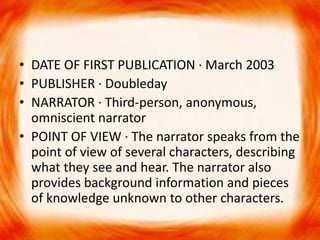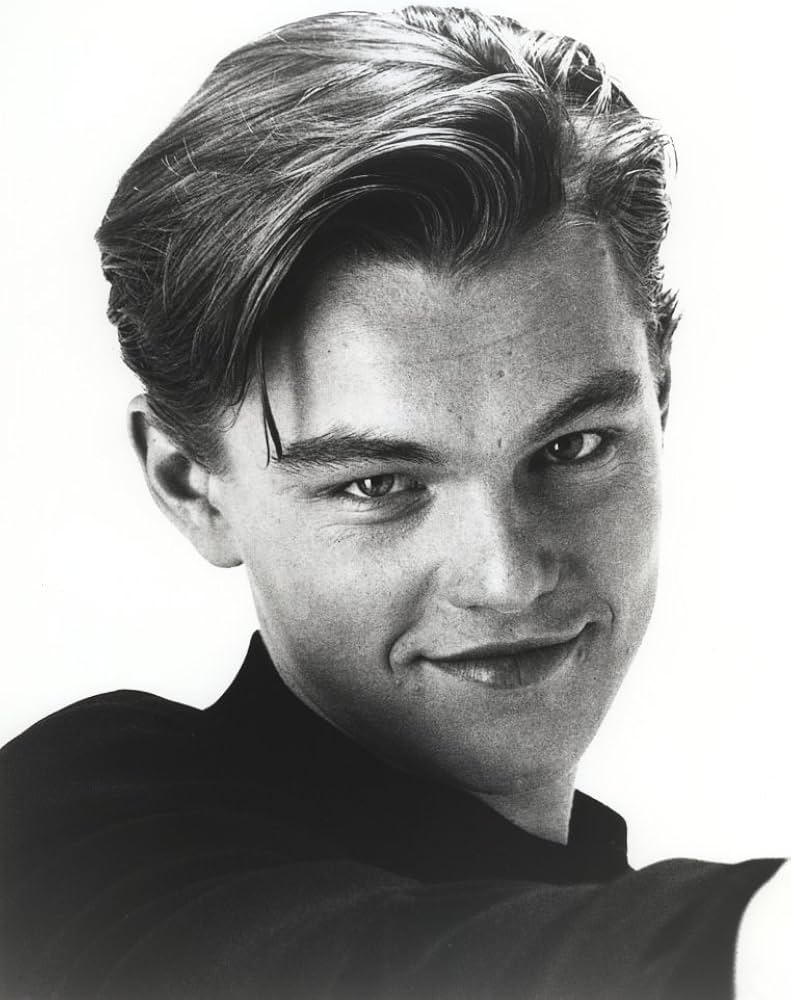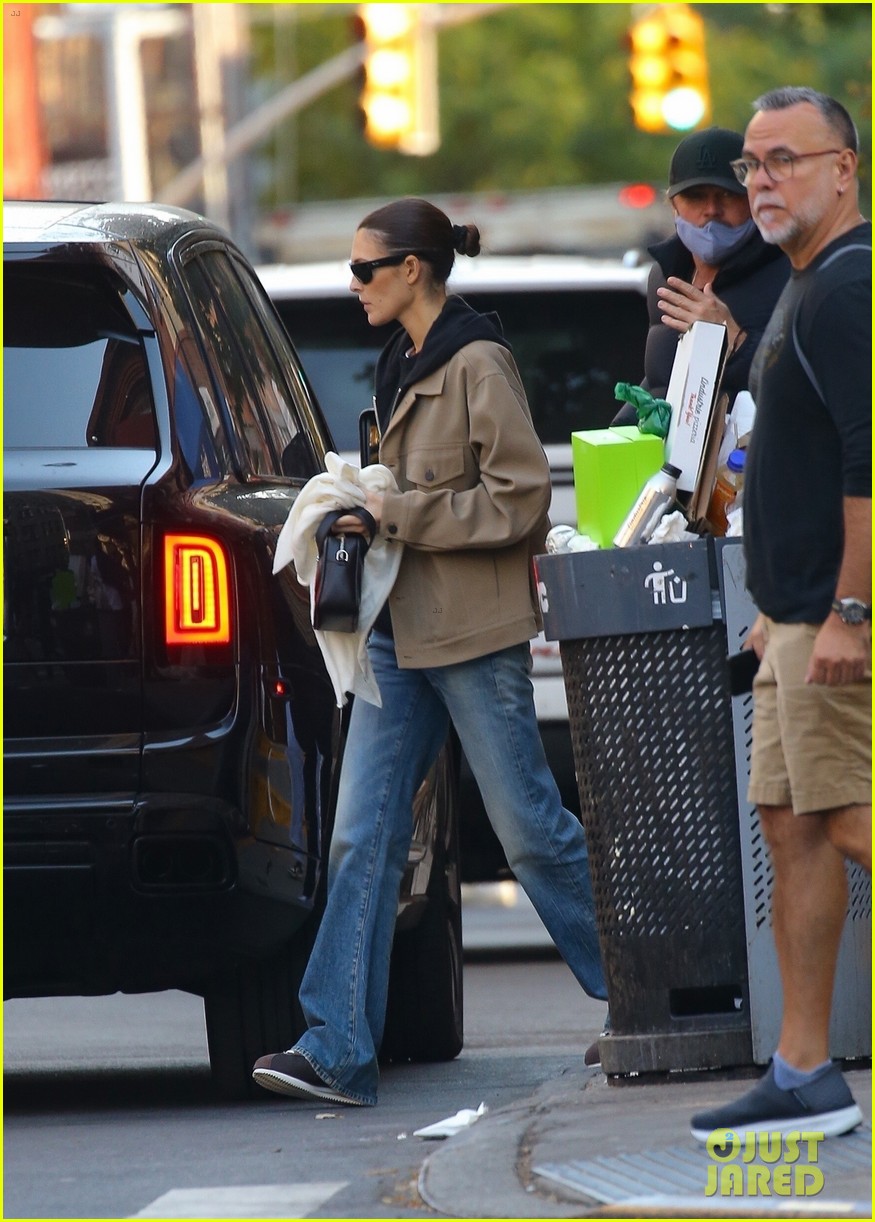A Critical Analysis Of The Da Vinci Code's Impact On Popular Culture

Table of Contents
The Da Vinci Code's Influence on Religious Discourse and Historical Interpretations
The Da Vinci Code ignited a firestorm of controversy with its provocative portrayal of Christianity and the Catholic Church. The novel's fictional narrative, suggesting a hidden history of Jesus Christ and Mary Magdalene, challenged established religious dogma and prompted widespread discussion about historical interpretations of religious texts. This led to:
- Increased public interest in religious history and symbology: The novel sparked a renewed interest in religious art, architecture, and symbology, leading many to delve deeper into the historical context of Christian beliefs. Searches for terms like "Holy Grail," "Gnostic Gospels," and "Opus Dei" skyrocketed following the book's release.
- Renewed discussions on the role of women in Christianity: The novel’s depiction of Mary Magdalene as a significant figure challenged traditional interpretations of her role in Christian history, fostering discussions about women's place in the church and its historical narratives.
- Critical analysis of the historical accuracy and interpretations presented in the novel: Scholars and theologians extensively debated the accuracy of the historical claims made in The Da Vinci Code, leading to a surge in publications analyzing the novel's historical basis and its interpretations of religious texts. Many books and articles were published directly refuting the claims made in Brown's novel.
- Examples of public forums and academic publications responding to the novel's claims: The controversy surrounding the book led to numerous public debates, television discussions, and academic publications examining its theological and historical implications. The book spurred a vigorous conversation about the relationship between faith, history, and fiction.
The Book's Impact on the Tourism Industry
The release of The Da Vinci Code created a significant "Da Vinci Code effect" on the tourism industry. Locations featured prominently in the novel experienced a dramatic surge in visitor numbers, driven by readers' desire to explore the real-world settings of the fictional narrative. This resulted in:
- Increased visitor numbers to specific sites: The Louvre Museum in Paris, Rosslyn Chapel in Scotland, and other locations mentioned in the novel saw a substantial increase in tourism, often exceeding their normal capacity.
- Development of "Da Vinci Code" themed tours and packages: Tour operators capitalized on the novel's popularity by offering specialized tours focusing on the locations and themes featured in the book, further boosting the economic impact.
- Economic benefits and challenges associated with this surge in tourism: While the increased tourism brought economic benefits to many locations, it also presented challenges related to managing increased visitor numbers and preserving historical sites. Some locations struggled to cope with the influx of tourists.
- Examples of locations experiencing a significant tourism boost: The Louvre Museum, for example, reported a significant increase in visitor numbers following the film adaptation's release, solidifying the "Da Vinci Code" effect on tourism.
The Da Vinci Code's Legacy in Film and Media Adaptations
The 2006 film adaptation of The Da Vinci Code, starring Tom Hanks, further amplified the novel's impact on popular culture. The movie's success translated the book's themes and narrative to a wider audience, leading to:
- Box office success and critical reception of the movie: The film adaptation was a box office hit, generating significant revenue and expanding the novel's reach beyond its readership. While receiving mixed critical reviews, its popularity was undeniable.
- The film's contribution to broader public awareness of the novel: The film adaptation introduced the novel's controversial themes and narrative to a much wider audience, ensuring the book's story resonated far beyond its initial readership.
- Impact on subsequent adaptations and related media productions: The novel's success spawned a series of sequels, video games, and other media productions, continuing to explore the themes and characters introduced in the original work.
- Examples of other media inspired by the novel's themes: Numerous books, films, and television shows have explored similar themes of secret societies, hidden histories, and religious conspiracies, reflecting the lasting influence of The Da Vinci Code.
The Da Vinci Code and the Rise of Conspiracy Theories in Popular Culture
The Da Vinci Code tapped into a pre-existing fascination with conspiracy theories, weaving a complex narrative filled with secret societies, hidden truths, and historical enigmas. The novel's influence on the broader discourse around conspiracy theories is undeniable, as it:
- Contributed to the popularization of conspiracy theories: The book's intricate plot, filled with hidden clues and secret organizations, reinforced existing beliefs about the power of hidden knowledge and clandestine groups, fueling public fascination with conspiracy theories.
- Influenced other fiction and non-fiction works exploring similar themes: The Da Vinci Code's success opened doors for other authors and filmmakers to explore similar themes, further popularizing the genre of conspiracy thrillers.
- Shaped public perceptions of conspiracy narratives: By presenting a compelling, albeit fictional, narrative about hidden histories and powerful conspiracies, the novel contributed to the broader public's acceptance and engagement with the narratives surrounding conspiracy theories.
- Examples of conspiracy theories influenced or inspired by The Da Vinci Code: While the novel is fictional, its themes resonated with existing conspiracy theories and potentially fueled speculation around similar ideas, although it is difficult to establish direct causality.
Conclusion: Assessing the Continuing Relevance of The Da Vinci Code's Impact on Popular Culture
The Da Vinci Code undeniably left an indelible mark on popular culture. Its influence extended beyond its initial success, impacting religious discourse, tourism, film, and the broader conversation around conspiracy theories. The novel’s enduring legacy stems from its ability to tap into widespread fascination with hidden histories, religious mysteries, and secret societies. Its provocative themes continue to inspire discussion and debate, ensuring its enduring presence in the cultural landscape. Continue the conversation about The Da Vinci Code's impact on popular culture by sharing your thoughts in the comments below.

Featured Posts
-
 Local Opposition To Trumps State Of The Union Address Grows
May 13, 2025
Local Opposition To Trumps State Of The Union Address Grows
May 13, 2025 -
 Gaza Hostage Situation The Families Ongoing Nightmare
May 13, 2025
Gaza Hostage Situation The Families Ongoing Nightmare
May 13, 2025 -
 Delhi Governments Heatstroke Warning Advisory Issued Amid Soaring Temperatures
May 13, 2025
Delhi Governments Heatstroke Warning Advisory Issued Amid Soaring Temperatures
May 13, 2025 -
 Persipura Butuh Kamu Kakanwil Papua Ajak Dukung Tim Kebanggaan
May 13, 2025
Persipura Butuh Kamu Kakanwil Papua Ajak Dukung Tim Kebanggaan
May 13, 2025 -
 2024 Texas Rangers Season Review Andrew Chafins Performance
May 13, 2025
2024 Texas Rangers Season Review Andrew Chafins Performance
May 13, 2025
Latest Posts
-
 Leonardo Di Caprio Hatalmas Gazsija A Mozik Pusztulasa
May 13, 2025
Leonardo Di Caprio Hatalmas Gazsija A Mozik Pusztulasa
May 13, 2025 -
 Fylm Zndgy Namh Ay Aywl Knywl Aya Dy Kapryw W Brwdy Bazy Khwahnd Krd
May 13, 2025
Fylm Zndgy Namh Ay Aywl Knywl Aya Dy Kapryw W Brwdy Bazy Khwahnd Krd
May 13, 2025 -
 Met Gala 2024 Leonardo Di Caprio And Vittoria Ceretti Make A Statement
May 13, 2025
Met Gala 2024 Leonardo Di Caprio And Vittoria Ceretti Make A Statement
May 13, 2025 -
 Dy Kapryw W Brwdy Dr Fylm Zndgy Namh Ay Aywl Knywl Akhryn Akhbar
May 13, 2025
Dy Kapryw W Brwdy Dr Fylm Zndgy Namh Ay Aywl Knywl Akhryn Akhbar
May 13, 2025 -
 Leonardo Di Caprio And Vittoria Ceretti Their Stunning Met Gala Arrival
May 13, 2025
Leonardo Di Caprio And Vittoria Ceretti Their Stunning Met Gala Arrival
May 13, 2025
